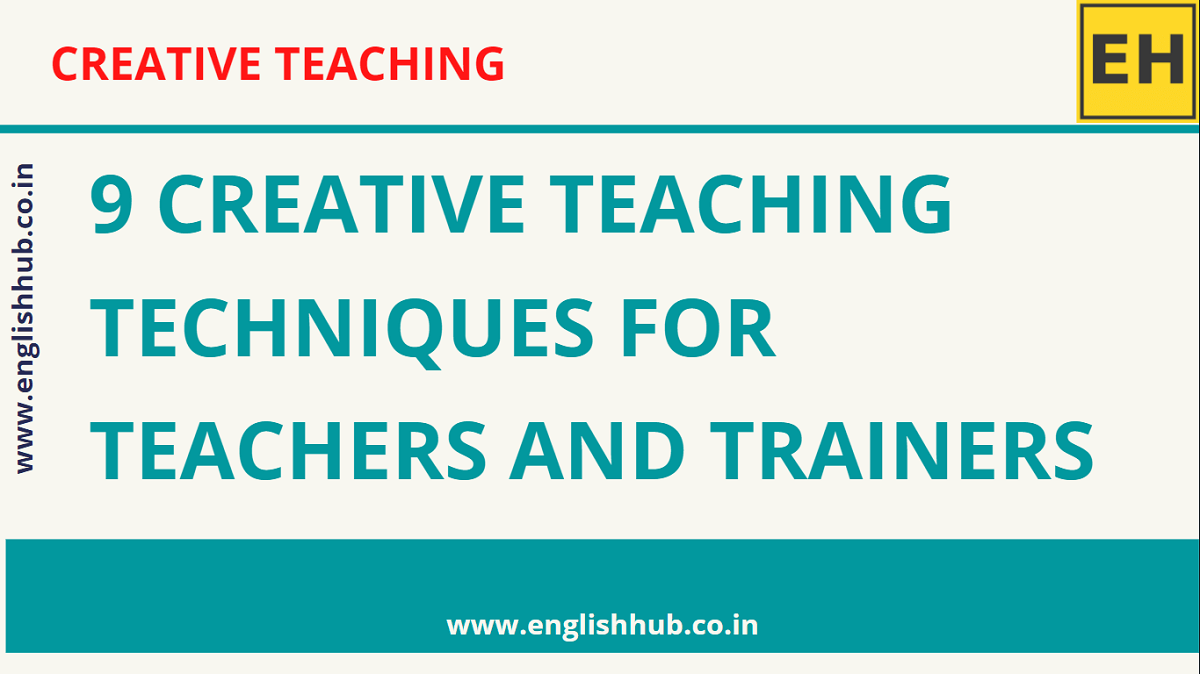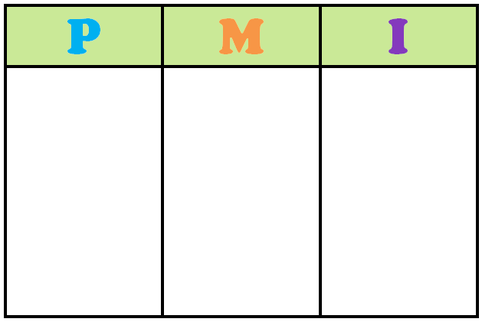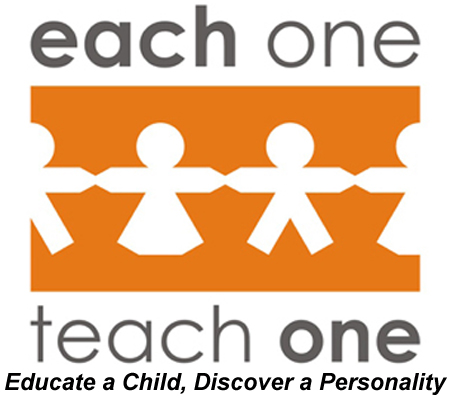The active and participatory classroom has implications for the role of the teacher. There is a shift from a teacher-centred model to a learner-centred approach to learning and teaching. There is also a shift from product-driven learning to process-driven.
From – To grid showing a shift in the role of the teacher in creating an active classroom environment.
| From | To |
|---|---|
| Teacher-centred classroom | Learner-centred classroom |
| Product-centred learning | Process-centred learning |
| Teacher as a 'transmitter of knowledge' | Teacher as an 'organizer of knowledge' |
| Teacher as a 'doer' for children | Teacher as 'enabler', facilitating pupils in their learning |
| Subject-specific focus | Holistic learning focus |
{tocify} $title={Table of Contents}
Technique 1: CAF (Consider All Factors)
Skills:
Thinking, Problem-Solving, Decision-Making
What is it?
This methodology encourages students to think about all the relevant factors when making a decision or considering an idea. It is a useful tool before deciding and planning a particular course of action.
How does it work?
- The facilitator might want to discuss with students the importance of considering all factors in decision-making and planning.
- In groups, students could fill out the Consider All Factors template.
- Once the CAF sheets are completed, students might rotate in groups and view the factors which other groups have noted.
- Students could then be given time to modify or add to their original factors based on what other groups have written on their sheets.
- A debrief afterwards to bring together all factors as a whole group might be beneficial.
CAF Template
Technique 2: Snowballing
Skills:
Working with Other
What is it?
This technique enables students to think about their responses to issues and gradually begin a collaboration process with those around them to consider their thoughts on the same theme. It is a useful way of encouraging less vocal students to share ideas initially in pairs and then in larger groups. It also ensures that everyone’s views on an issue may be represented and allows a whole class consensus to be arrived at without a whole class discussion.
You may also like: A Complete Guide to the 24 Consonant Sounds of English
How does it work?
- A relevant question is asked or a scenario described.
- Students individually write down their thoughts, opinions, and/or suggestions.
- Students form pairs and compare answers. They discuss their positions and reach an agreed or compromised position on the issue, which is then recorded.
- Students move into groups of four and undertake a similar process. Another agreed the position is reached and noted.
- The group of four becomes a group of eight and the process is repeated. A further agreed the position is reached.
- As the groups get bigger it will be necessary to elect a spokesperson/facilitator, timekeeper, resource manager, scribe, etc.
- A final whole-class position is then discussed and justified.
- The view of any student who objects strongly to the agreed position could be recorded if the individual feels that their opinion is not adequately represented.
- A debrief afterwards might explore not only knowledge and understanding, but also the process of the activity: how did students come to a decision? How was a compromise reached? What skills were they using?
Technique 3: PMI (Plus – Minus – Interesting)
Skills:
Managing Information
What is it?
This method helps students to examine all sides of an idea, topic, or argument. It steers students away from their initial emotive responses to an issue and encourages them to think about the disadvantages of an idea which they may like very much. A PMI obliges them to consider all ideas, even ones they might normally reject at first sight, and to decide their stance on an idea or issue after they have analysed it instead of before.
How does it work?
- The facilitator may need to discuss with students the meaning of PMI and explain what each term means: Plus = a benefit, Minus = a downside, Interesting = an interesting point stemming from the topic under discussion.
- Students use a Plus-Minus-Interesting template to note the plus points of the issue as they see it, followed by the drawbacks and then any interesting points. Students might hopefully come to understand that ideas which they perceive to be bad can also be interesting if they lead on to other ideas.
Technique 4: Hot Seating
Skills:
Working with Others Being Creative
What is it?
This creative in-role activity can be a useful tool to encourage discussion about a particular issue and share information.
How does it work?
- Students are allocated a particular character, or they think of a role themselves relevant to the issue in question.
- Students could research the role in groups or individually.
- Other students in groups could be encouraged to think up challenging questions for the person in the hot seat.
- The character in question is put in the hot seat and questioned by fellow students. This may help students to feel empathy for a particular person or viewpoint, particularly a view which they do not normally share.
- An idea or issue could also be placed on the hot seat, using this technique, answers can come from anyone in the class.
Technique 5: Five Questions
Skills:
Thinking
What is it?
This is an information-gathering activity that also allows students to explore the issue in more depth or to break it down into smaller sub-themes or tasks. It allows students to unpack complicated topics. It allows an exploration of all kinds of possibilities that may lead to action planning and target-setting.
How does it work?
- A large, wide sheet of paper and a marker are needed.
- A question is posed to students using ‘How’ or ‘Why’.
- Suggestions are written on the flip chart.
- Teachers use the same question word to develop ideas and explore further ideas.
- Teachers continue to use questions with the same question word until the idea/ suggestion has been explored fully.
Technique 6: Each One Teach One (Get One – Give One)
Skills:
Working with Others
What is it?
This is an alternative way of transferring a large amount of factual information amongst students. Rather than the teacher lecturing or dictating, students share a selected piece of information relevant to the topic with their peers.
How does it work?
- A slip of paper with a particular fact or statistic is distributed to every student. Ideally, there should be a different statement for every student.
- Students read their statement to ensure that they understand its meaning.
- Students move around and share their statements with other students. They should aim to explain their fact or figure with as many people as possible.
- Students could be encouraged to extend their explanations by giving examples, if relevant, or by linking their statements with those of other students.
- After adequate time for communicating their facts, students might work in smaller groups to classify the information they have acquired during the process of the activity.
- In a subsequent debrief students could explain and justify their classification system.
- They could also be asked to share their reactions upon hearing various facts/ statistics. What surprised them? What shocked them? Did any particular statement make them feel sad or happy? What particularly interested them?
- Students might also be asked to think about their learning. What pieces of information did they find easiest to remember and why? Which did they find most difficult?
- Main findings for all debriefing activities might be written on a board or flip chart
Technique 7: Dartboard Evaluation
Skills:
Self-Management
What is it?
This evaluation technique is a useful quick method for receiving feedback on an activity or event. It is non-verbal and involves no writing.
How does it work?
- A target consisting of three or more concentric circles is drawn on a board or on a flip chart.
- The evaluation question relating to the target is placed at the top of the sheet.
- Students are given a sticky dot to place on the target. The more they agree with the question, the closer they will place their dot towards the centre of the target. If students had reservations about the activity they might place the dot in the second circle from the centre. If they did not find the activity worthwhile their dot might be placed at the outmost region of the target.
$ads={2}
Technique 8: Priority Pyramid
Skills:
Decision-Making
What is it?
This activity allows students to consider what points may be most relevant when considering a key question. It subsequently asks students to prioritise ideas and information on the question and discuss justifications for their choices.
How does it work?
- Students can work in pairs or groups.
- Each group is given a set of cards with words, phrases, or pictures that relate to a key question. Alternatively, students might write down their ideas on a piece of paper or post-Its and use them to build their pyramid.
- Each group is also given the Pyramid Template with the key question on the side. Alternatively, each group might draw their Pyramid or even construct it in 3D using different colours for the varying sections.
- Students work through the cards (or their own Post-Its), deciding as a group how relevant each one is to the key question. The most important factors form the top section of the pyramid, the least important factors are the bottom, etc.
- Groups then give feedback on their decisions, justifying their choices if they happen to contrast with the decisions of another group.
Technique 9: Ideas Funnel
Skills:
Problem-Solving
What is it?
This activity involves a process of generating all possible ideas and options, followed by a period of prioritization. It encourages students to justify their choices and to negotiate within their group and the whole class group to reach an agreed set of priorities within a specific time. This activity can be a useful starting point for a new topic, and it may be interesting to compare and contrast ideas or priorities generated through such activity both at the start and end of the topic.
How does it work?
- Students in groups of four-to-six receive a large piece of paper.
- Students decide on their roles within the group. Such roles might include scribe, timekeeper, facilitator and presenter.
- The groups generate as many ideas or options as possible around the given topic and note them on the top half of the piece of paper.
- Groups then prioritise their ideas by selecting the five which they believe are most important or relevant to the given topic. They write these on the bottom half of the sheet.
- The presenter in each group brings their A3 page to the front and presents their findings and five priorities to the class.
- In groups once again, students decide upon the one idea which they feel is the most relevant to the topic. This may be an idea from their list or one from another group that they have heard during the group presentations. Each group should aim to reach an agreement on their choice through negotiation and justification.
- The one idea from each group might be noted on a flip chart and similarities or differences between groups could be discussed. The ideas noted on the flip chart could also be referred to at various times throughout the topic.
- A debrief after this activity may ask students to concentrate on the nature of the group work. How well did students fulfil their roles within their group? Was the facilitator able to generate productive discussion and communication? Would the presenter do anything differently next time? Was agreement easy to reach? What were the processes which led to an agreement? Who was particularly effective in putting across ideas and why?
You May Also Like 👇
Loading...









